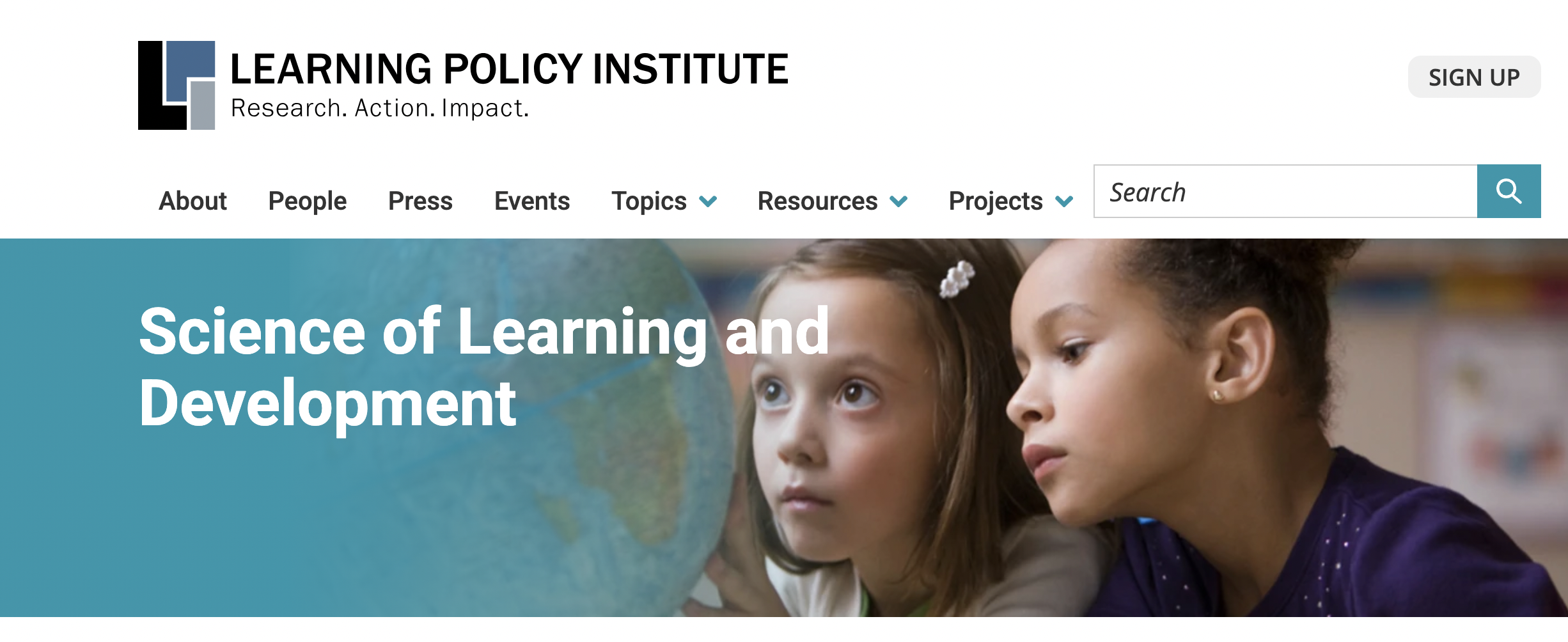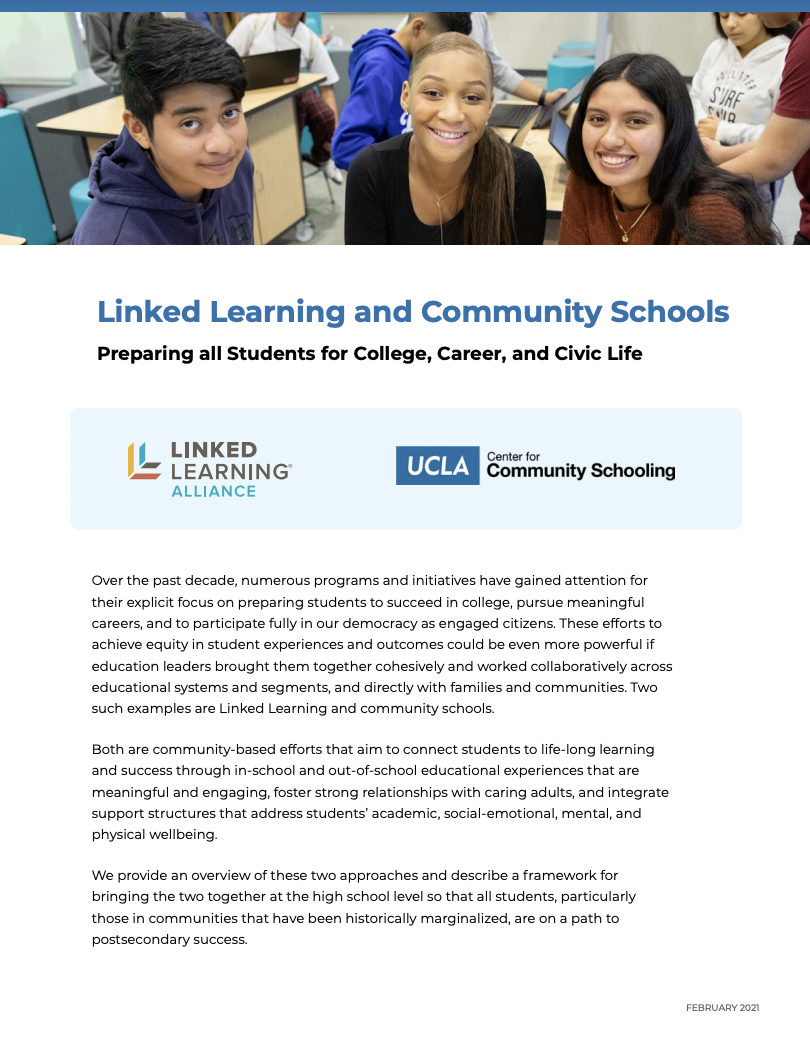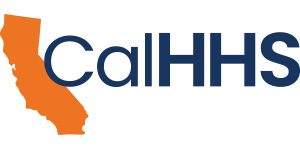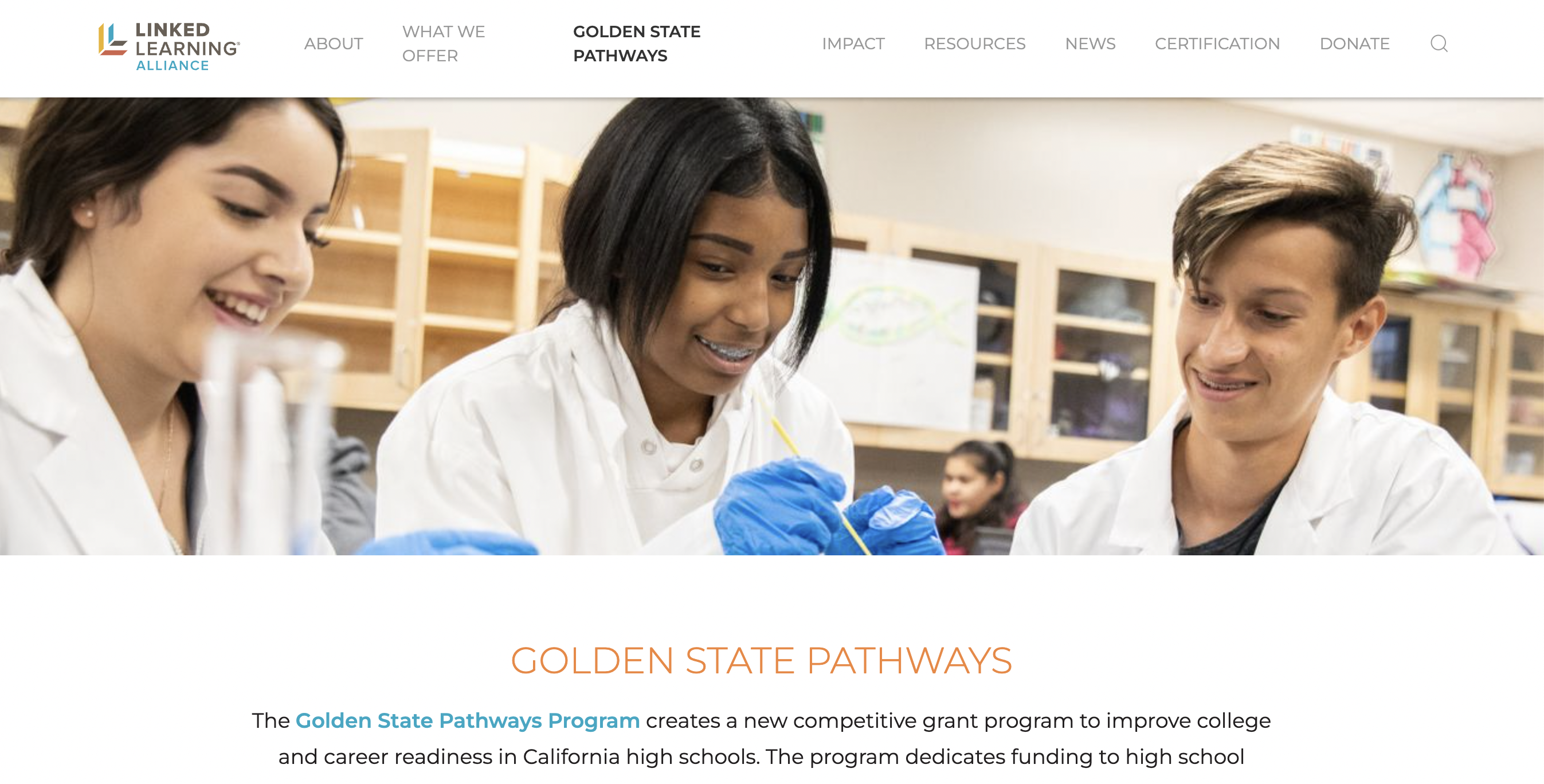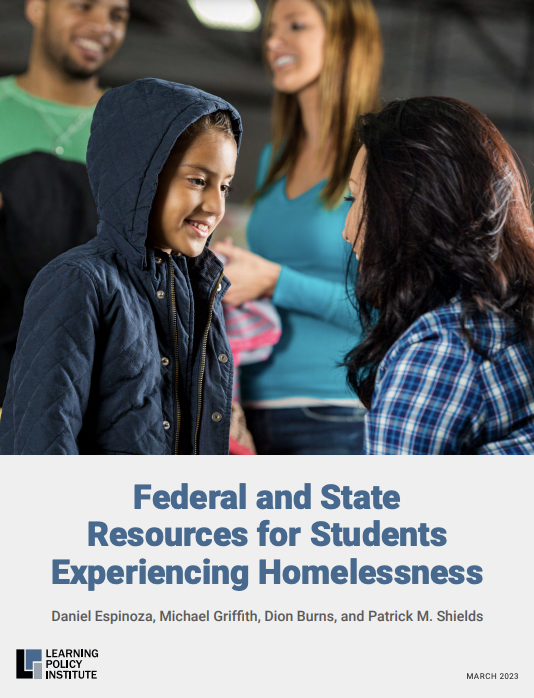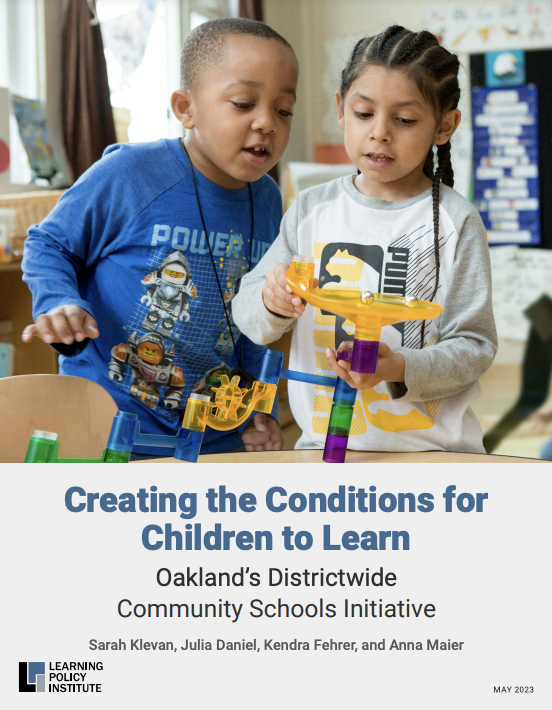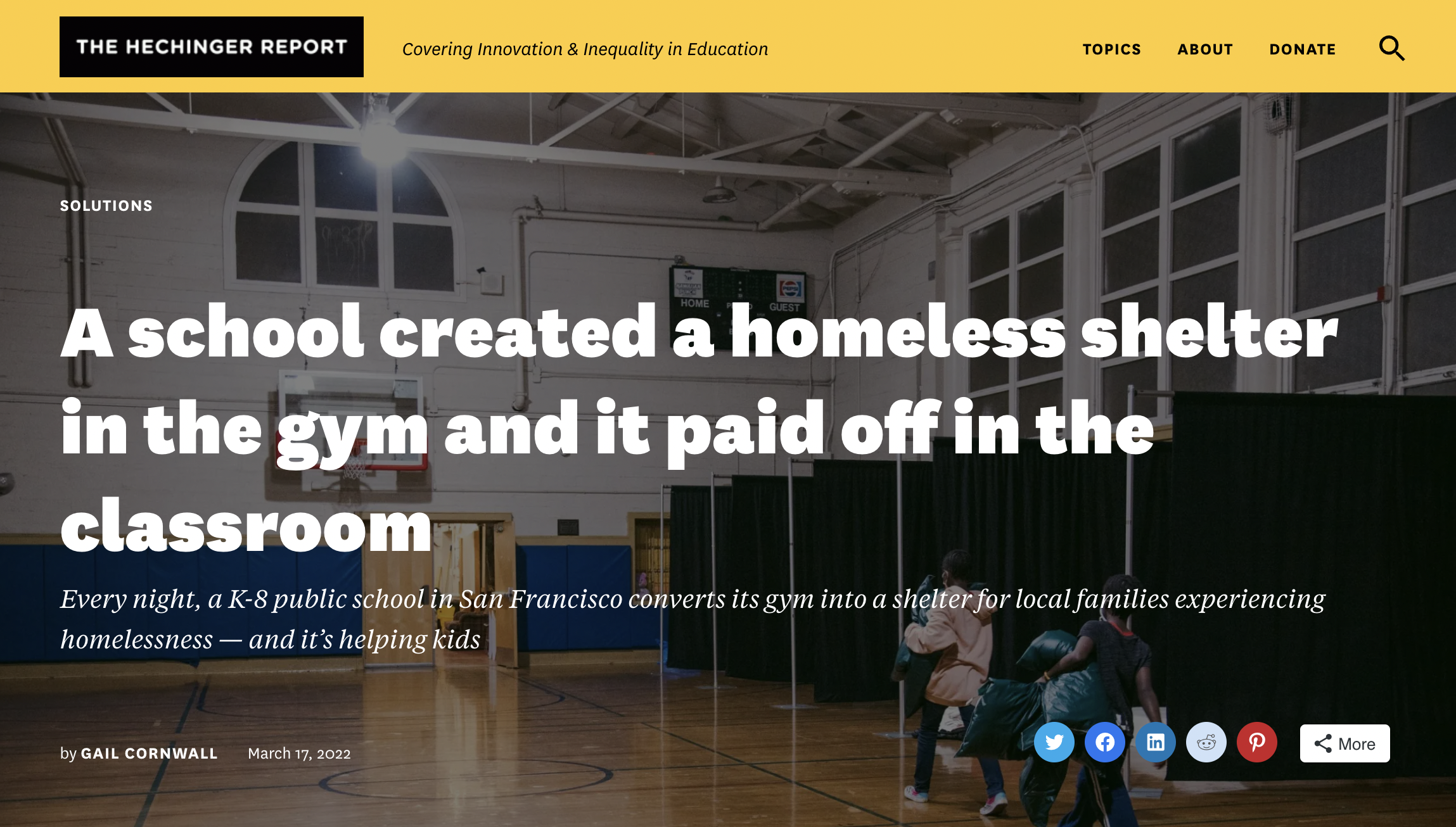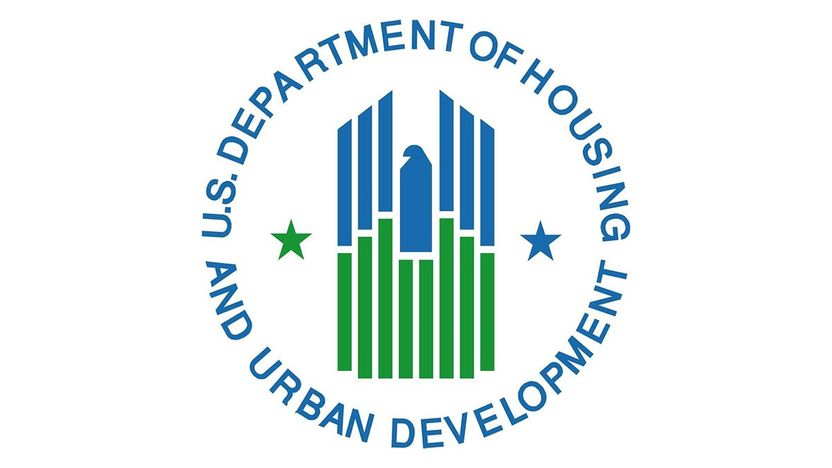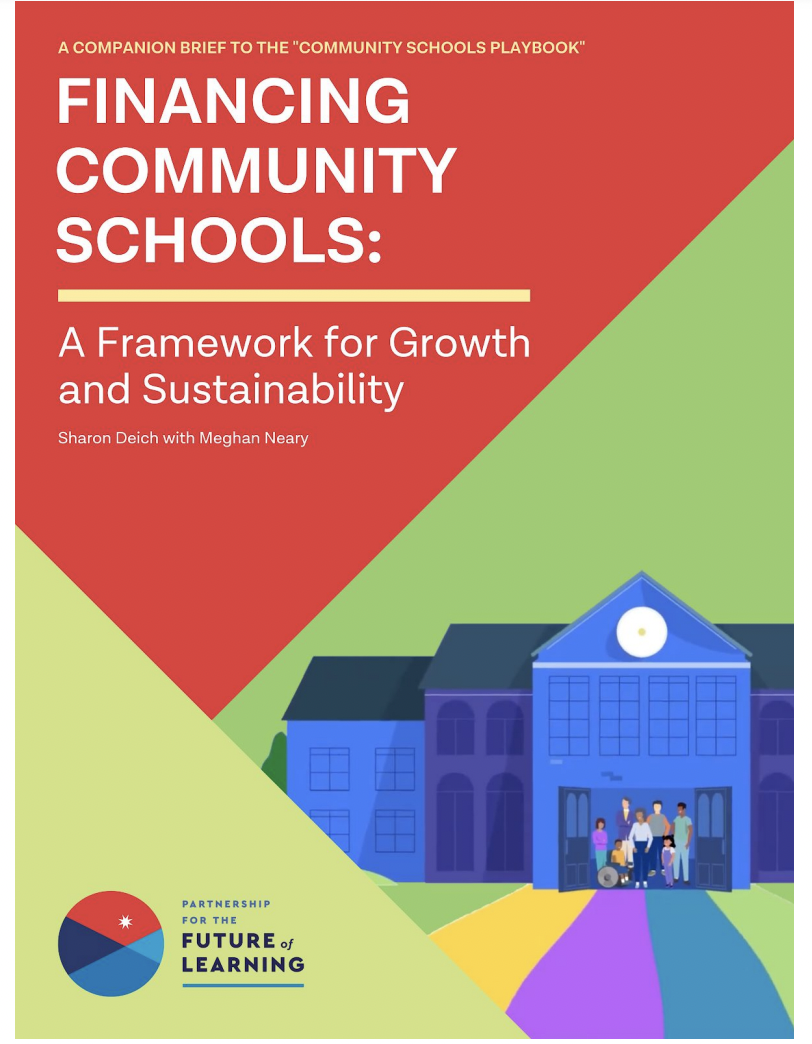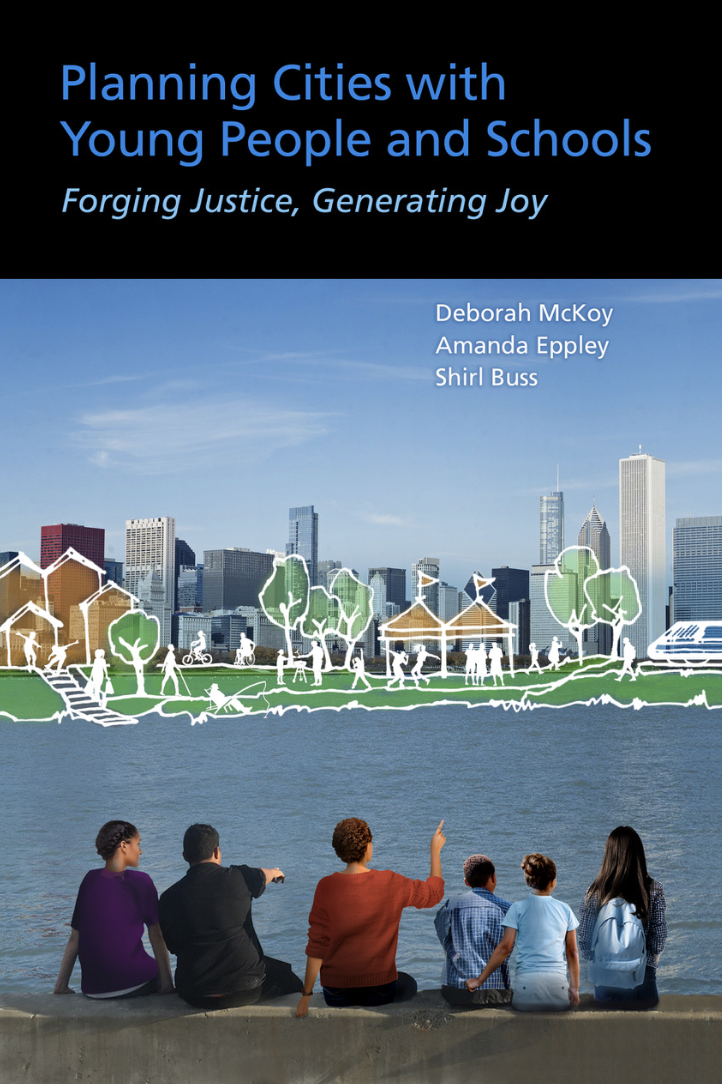Creating Coherence:
Building a Home for Students Experiencing Homelessness in California’s Community Schools
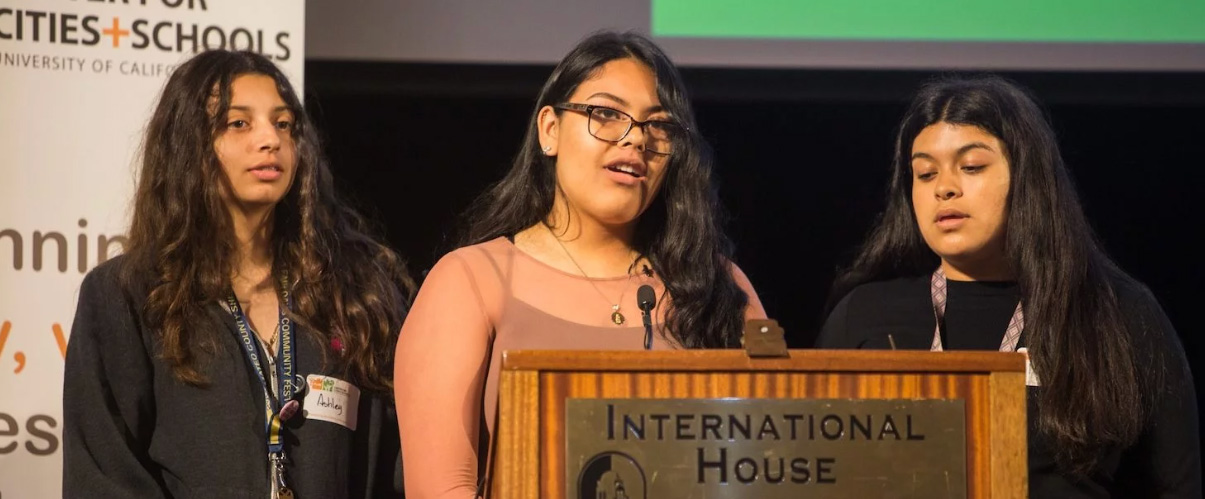
An Invisible Population
Students experiencing homelessness in California face significant barriers to academic achievement. Yet because the worlds of housing and education policy are frequently siloed from one another, these students are left to fall through every crack in our system. As the executive director of SchoolHouse Connection, a national non-profit organization working to overcome homelessness through education, put it: “These students are invisible…I’m very concerned about the plight of homeless families right now, because we know they’re out there, they’re just not being identified” (1).
Researchers estimate that students experiencing homelessness are at least twice as likely to be chronically absent from school than the overall population (2). A comprehensive study found that youth affected by homelessness are 87% more likely to drop out of school than peers with a more stable place to live (3) and those who do make it to high school graduation are at greater risk of homelessness as adults (4).
Students experiencing homelessness are guaranteed resources and services through the federal McKinney-Vento Act of 1987 (MKV). However, many of these promises go unfulfilled due to an historical lack of state and federal funding to carry them out in practice.
Under California’s Local Control Funding Formula (LCFF), schools may receive supplemental and concentration grants based on the number of enrolled students designated as English Language Learners, foster youth or low-income. Students experiencing homelessness are considered low-income (and may also fall in either of the other categories) but are not a distinguished category with a dedicated funding stream. Available data makes clear that the experience of homelessness creates distinct academic challenges. In 2018-19, students experiencing homelessness scored 8% below their low-income peers in state assessments of academic proficiency in reading and language arts and 9% lower in math and science (5).
An annual $12 million federal grant is the only funding stream explicitly dedicated to MKV programming statewide. These funds are woefully inadequate, reaching only 36% of students experiencing homelessness within the state (6). Even in the districts receiving MKV funds, the per-student equivalent amounts are typically small and barely sufficient to staff the liaison position, let alone support robust programming.
What little funding is available often goes to meeting the urgent basic needs and services of these students rather than building systemic solutions or academic support over the long term. This lack of funding also plays out in schools and districts—leaving students underserved and frequently disconnected from the school site itself (7).
Distance learning during the COVID-19 pandemic exacerbated these challenges. Amid record levels of housing insecurity, a recent analysis found that, nationwide, roughly 300,000 students entitled to support under McKinney-Vento went unidentified by the school districts mandated to help them (8).
It is clear that our state’s current approach to student homelessness falls short for many youth and their families. To address the decades-old challenges that have prevented full implementation of McKinney-Vento since its passage, we must acknowledge that a legislated program, alone, can’t address the complex issues that comprise student homelessness. Instead, we must establish a coherent strategy that integrates resources, is centered on the belief that our most vulnerable young people can and must achieve academically, and that demonstrates a commitment to their sense of belonging and value.
…we must establish a coherent strategy that integrates resources, is centered on the belief that our most vulnerable young people can and must achieve academically, and that demonstrates a commitment to their sense of belonging and value.”
Community Schools Hold the Key
California’s historic $4.1 billion investment in community schools, along with a range of allied initiatives, may hold the key to the deep sense of care, stability, academic support, and services students experiencing homelessness deserve. This new funding initiative brings together a long history of community schooling with recent research-based thinking and understanding of how students learn best. Grounded in the science of learning and development, integrated student supports including social, health and mental health services, shared power, authentic family and community partnerships and a commitment to equity, community schools aim to create learning environments that enable every child to thrive (9).
Students experiencing homelessness may have the most to gain from this holistic approach to education. All too often, we have offered these students pockets of social change rather than building the systems of opportunity needed to interrupt cycles of poverty and housing insecurity. The resources, supports, structures, practices, and relationships that comprise the community schools approach could go a long way to address the higher rates of chronic absenteeism and suspension, reduced academic proficiency, and significantly lower rates of graduation among students experiencing homelessness.
This would certainly be the moment to try.
Community school leaders and partners can leverage and align California’s $4.1 billion investment in community schools with federal and state McKinney-Vento grants to better address the growing crisis of student homelessness. In addition to the annual federal Education for Homeless Children and Youth (EHCY) allocation of $12 million for all of California, the state has released $98 million in grants to school districts and county offices of education to support EHCY as another one-time pot of funding stemming from the American Rescue Act Program (ARP).
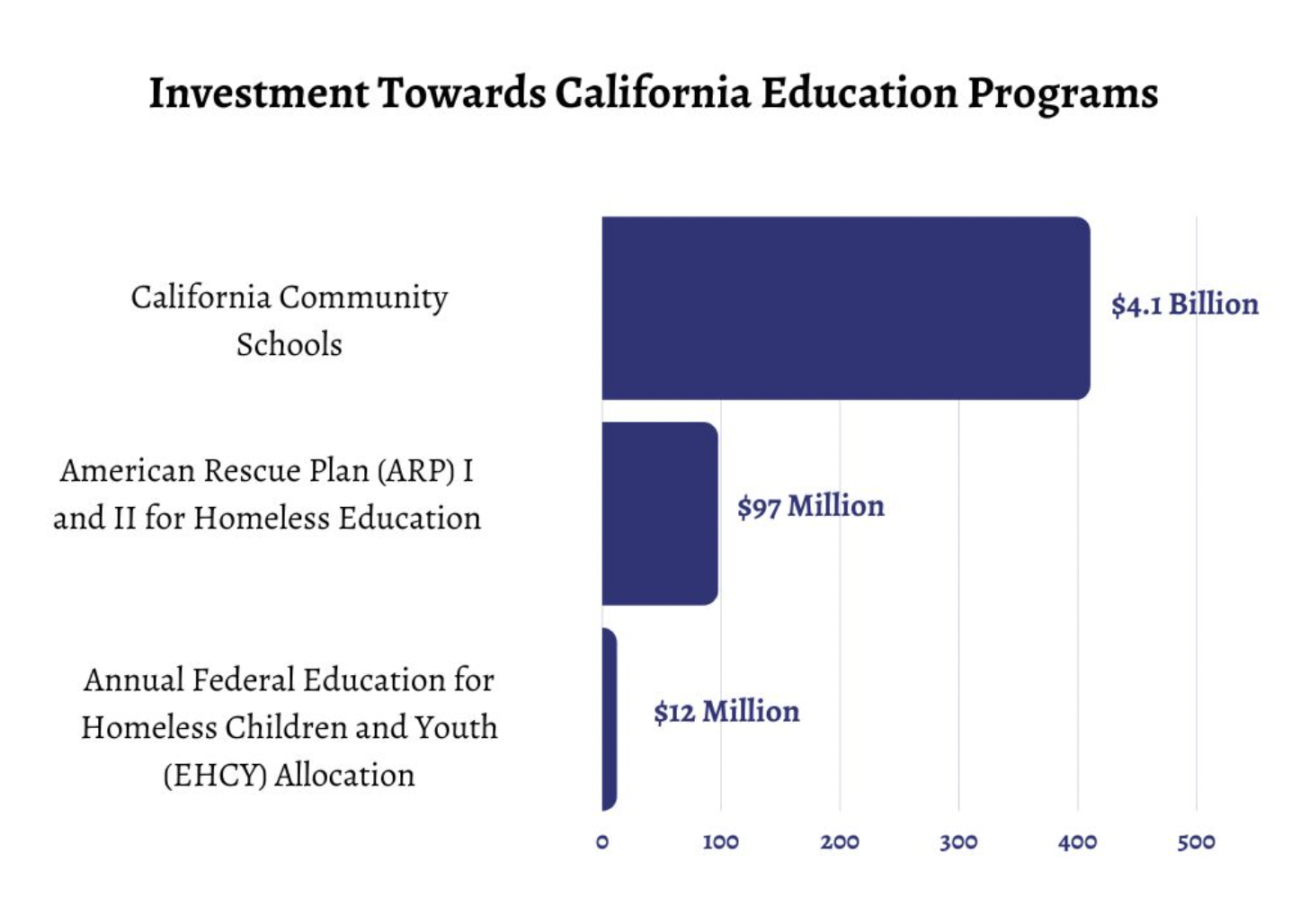
This coalescence of funds – perhaps the first time robust state and federal funding streams have come together since MKV’s 1987 passage—presents a rare opportunity to build out aligned community school partnerships in service of students experiencing homelessness. The moment provides a chance to look beyond MKV to respond to this population’s diverse needs, strengths and experiences. To that end, the time is now to explore how a community schools approach can bring together a range of allied initiatives—California’s Children and Youth Behavioral Health Initiative, Expanded Learning Time, Universal Meals, Dual Enrollment, Golden State Pathways, and more—to create the learning environments wherein all students can thrive. We must align and leverage previously discrete, isolated programs and investments to serve our most vulnerable youth for the long-term. To transform current conditions, we must recognize these efforts and investments as part of a larger system.
…the time is now to explore how a community schools approach can bring together a range of allied initiatives–California’s Children and Youth Behavioral Health Initiative, Expanded Learning Time, Dual Enrollment, Golden State Pathways, and more–to create the learning environments wherein all students can thrive.”
As a full-service community school district since 2011, Oakland Unified School District’s (OUSD) long-term commitment and vision provides a helpful example of the system-level conditions, relationships and practices that can serve as the lever for coherence and integration. District-wide initiatives can offer advantages over individual community schools by engaging on behalf of all its schools with county or city administered services. This district-wide strategy also encourages sharing of best practices across schools.
OUSD’s “wall-to-wall” Linked Learning pathways initiative is an important example of this district-wide approach that prepares young people for college, career and community by providing authentic, community-based learning strategies that increase students’ engagement in their learning. These experiential learning opportunities are at the heart of community schools—connecting students’ education to the assets of their local community through relevant and rigorous curriculum and instruction. By creating small learning communities, pathways also increase opportunities to develop strong student-teacher relationships, and enable teachers and staff to identify and respond to individual needs and assets.
Since 2014, the number of Oakland Unified high school students in Linked Learning pathways has jumped from 49% to 88% (as of 2020–21), ensuring a greater number of its students graduate prepared for college, career and civic life. Unfortunately, only 64% of youth experiencing homelessness currently participate in one of these pathways (OUSD MKV Office Factsheet).
These experiential learning opportunities are at the heart of community schools—connecting students’ education to the assets of their local community through relevant and rigorous curriculum and instruction.”
Trish Anderson, MKV Homeless Education Coordinator/Liaison and author of the school case in this issue, shows us what integrating these efforts, in service of the district’s most vulnerable students, can look like. OUSD’s MKV Homeless Education Office, for example, is working closely with the district’s Linked Learning office to track students’ college and career pathway participation and trajectories. At Oakland High School, where Trish works directly with pathway students through the UC Berkeley HEAR US (Homeless Education Action Research—Uniting Systems) initiative, she is deepening her understanding of the challenges experienced by students experiencing homelessness through student-led research. She is also exploring and executing student-generated recommendations that can respond to the needs of their peers who are unhoused. Her efforts have made clear that ensuring the well-being and academic success of students experiencing homelessness must embrace a whole-child, whole-community approach. Deepening the academic connections and postsecondary readiness of these young people is part of this approach. Further, as documented by the work of teachers and students at Oakland High School, ensuring the well-being of students experiencing homelessness is a concern that impacts all students and families. As Trish Anderson shares, “no young person can thrive when they know their peers are suffering.”
The power and promise of aligning programming and aligning funding streams within the context of community schools become clear. The transformation of Oakland Unified School District (OUSD)’s MKV structure and implementation, as described by district and school staff, as well as students, was made possible in part with a $66 million grant to expand their community schools district network through the California Community Schools Partnership Program (CCSPP). In just one year, the district went from 20 to 67 local school-based community school managers who are able to deepen the connection and support for students experiencing homelessness and all others in need of more support in and outside of school. Imagine how students experiencing homelessness would benefit if these reforms were integrated and implemented in districts across the state as part of the $4.1 billion investment in community schools.
Specific Action Steps for Community School Leaders, Practitioners and Partners
There are specific steps that school leaders, practitioners and partners can take to achieve the goal of community school support for students experiencing homelessness. Below are specific action steps community school leaders can take to support the academic and social development of these youth and ease the burden on MKV offices and liaisons:
At the State Level:
Sustain current funding increase for MKV via a new state-wide program. $98 million in federal support for homeless education in the American Rescue Plan is set to expire in September 2024, so there is a looming deadline to commit to and align state funding sources for students experiencing homelessness. Community school leaders should call on the state to match—if not go beyond —current federal funding levels and build dedicated support for these students into the state’s $4.1 billion community school investment.
Harness the Power of Youth-Led Solutions. This moment in time presents an opportunity for our state to harness the tremendous capacity of adolescents by reimagining their role throughout our educational and civic systems. Youth perspectives are not only key to understanding this complex and growing crisis of housing insecurity but also to designing insightful and community-driven solutions.
While the U.S. Department of Housing and Urban Development (HUD) has established Youth Action Boards (YAB) to build collaboratively with young adults who have experienced homelessness, K-12 students experiencing homelessness rarely get a seat at the table to advocate for themselves. We must allow those closest to the problem of student homelessness to be active participants in seeking solutions at every level. Why not create parallel structures to YABs at the state level to inform and drive education policy and practice for students experiencing homelessness in our public schools?
Mobilize the power of community school’s broad advocacy base to call for all future state funding to include specific guidance for intentional and explicit alignment, connection and collaboration between CS and MKV offices, both in regard to services and needed academic support.
Conduct proactive formative evaluations to assess the impact of these programs before funding is expended, while the field still has room to learn and grow from outside insights. Evaluation insights could offer important evidence to support the continuation of state funding as called for in the first recommendation.
At the Local Level:
Align MKV liaison offices within larger community school departments or organize them within a similar department, i.e., youth services. Within OUSD, for example, MKV staff directly report to the Community Schools Director, allowing for greater coordination and prioritization of resources.
Offer cross department training of community school and MKV program staff and leadership. This would also allow for critical cross-training between staff who may serve the same student populations but differ in roles or responsibilities. For example, OUSD’s MKV Liaison, Trish Anderson, attends the monthly CS Brown Bag meetings while CS managers and staff all attend her MKV training at the beginning of each year.
Increase academic support and development. The whole child approach to schooling is especially critical to students experiencing homelessness, as they confront high levels of absenteeism and a general lack of stability. That said, community school managers/coordinators must go beyond service delivery and programming coordination to support core academic learning, as demonstrated by Oakland High School’s Law and Social Justice pathway’s civic work based learning Y-PLAN project. Central to all of this is the role of young people as agents of change within their schools and beyond. Peer to peer leadership and support is critical!
Activate student voice through programs such as Y-PLAN. As described in the teacher scholarship and youth research pieces in this issue, UC Berkeley’s Center for Cities + School (CC+S) has partnered with Oakland High School since 2020 to deploy best practices from our award-winning action research strategies and improve learning systems for K-12 youth facing homelessness and housing instability through Y-PLAN. This civic learning partnership is a key part of a new CC+S initiative, known as HEAR US. This is a two-prong approach mobilizing California high school students through Y-PLAN action research and university students through the PLUS Leadership Initiative. Research shows that when youth collaborate with adults in meaningful decision making, it not only promotes their social-emotional and academic development but also their civic and community engagement (10).
…no young person can thrive when they know their peers are suffering.”
-Trish Anderson, OUSD McKinney-Vento liaison
Looking Ahead
While youth experiencing homelessness require additional systematic support, they also deserve to be treated like any other student. Setting higher academic and career expectations for these students can be just as crucial as securing broader services and addressing basic needs. According to a report by the Learning Policy Institute, “Students experiencing homelessness hold educational aspirations like those of their peers—to graduate from high school and go on to college … What separates students experiencing homelessness from their peers are the challenges of their circumstances, often due to the cumulative effects of poverty and the instability and disruption of education and social relationships associated with high mobility” (11). Coupling recent funding opportunities with community schools’ holistic, whole-child, family and community vision with MKV supports and services can help realize the goals and ambitions of our state’s most vulnerable students—the dream of a brighter future.
Current levels of state and federal funding for community schools and MKV programming are unprecedented, but these increased streams are also time-limited. This short window of opportunity today makes our work to increase access, support, and outcomes for youth experiencing homelessness pursuing their college and career goals all the more crucial and urgent.
Community school leaders and partners must work collaboratively to “braid and blend” these state and federal investments with new and allied initiatives and systems-building approaches which strengthen support services for students experiencing homelessness, prioritize academic success, and mobilize youth as agents of change at the same time. Local Education Agencies have identified the urgent nature of establishing alignment. Contra Costa County Office of Education (CCCOE), for example, has developed a unique mini-grant program to incentivize school districts within the CCCOE jurisdiction to learn how to better align funding streams. Community school and McKinney-Vento Homeless Education program staff are organizing important ways to collaborate and learn from each other and to create opportunity for one program area to inform the work of the other.
The example of Y-PLAN at OUSD, highlighted in this issue, demonstrates how Linked Learning and community schooling can be integrated and mutually reinforced to support students experiencing homelessness. These documented efforts have enormous potential to scale, with proper funding and support. Mirroring the whole child approach, we can invite youth experiencing homelessness to fully participate in the research and decision-making processes that impact their lives, inside and outside of the classroom.
Housing insecurity is a multifaceted issue to which there is no easy or universal answer. Yet who better to forge our path to a more just and joyful world than the generations who stand to inherit it?
- Jones, C. (January 27, 2021). California schools report fewer homeless students, alarming advocates. EdSource.
- da Costa Nunez, R., Erb, J., Shaw-Amoah, A. (2015). Empty Seats: The Epidemic of Absenteeism Among Homeless Elementary Students | Institute for Children, Poverty, and Homelessness. https://www.icphusa.org/wp-content/uploads/2016/09/ICPH-Policy-Report_Empty-Seats_Chronic-Absenteeism.pdf
- Hynes, M. (2014). Don’t Call Them Dropouts: Understanding the Experiences of Young People Who Leave High School before Graduation. A Report from America’s Promise Alliance and its Center for Promise at Tufts University. In America’s Promise Alliance. America’s Promise Alliance. https://eric.ed.gov/?id=ED602239
- Kull, M. A., Morton, M. H., Patel, S., Curry, S., & Carreon, E. (2019). Missed opportunities: Education among youth and young adults experiencing homelessness in America. Chicago, IL: Chapin Hall at the University of Chicago.
- National Center for Homeless Education. (2021). Federal data summary: School years 2016–17 through 2018–19. https://nche.ed.gov/wp-content/uploads/2021/04/Federal-Data-Summary-SY-16.17-to-18.19-Final.pdf
- Jones, C. (January 27, 2021). California schools report fewer homeless students, alarming advocates. EdSource.
- Piazza, Hyatt, S. Hidden in Plain Sight: Students Experiencing Homelessness | ACLU of Southern California. (2019, April 2). https://www.aclusocal.org/en/press-releases/hidden-plain-sight-students-experiencing-homelessness
- Mitchell, A. D., Corey. (2022, November 15). Hidden toll: Thousands of schools fail to count homeless students. Center for Public Integrity. http://publicintegrity.org/education/unhoused-and-undercounted/schools-fail-to-count-homeless-students/
- Esqueda, H. (2022, March 3). California Community Schools Framework. Californians for Justice. https://caljustice.org/2022/03/03/california-community-schools-framework/
- Shah, S., Buford, W., & Braxton, E. (2018). Transforming Young People and Communities: New findings on the impact of youth organizing. The Funders Collaborative on Youth Organizing.
- Burns, D., Espinoza, D., Ondrasek, N., & Yang, M. (2021). Students experiencing homelessness: The conditions and outcomes of homelessness among California students. Learning Policy Institute.
10 MINUTE READ
In this policy brief, Dr. Deborah McKoy highlights the opportunity to create coherence, in service of our most vulnerable students, through California’s $4.1 billion investment in community schools. Revisiting the work of students and teachers in Oakland, Dr. Deborah McKoy explores how the community schools strategy can bring together a range of allied initiatives–California’s Children and Youth Behavioral Health Initiative, Expanded Learning Time, Dual Enrollment, Golden State Pathways, and more–to create the learning environments wherein all students can thrive. Dr. Deborah McKoy also highlights the need to center future policy and practice around youth voice and agency.
RESOURCES
For further learning, check out these websites, reports, magazine articles, and more. These resources are curated to speak to different audiences, including teachers, researchers, policymakers, and the general public.
CITATION
McKoy, D.L. (2023). Creating Coherence: Building a Home for Students Experiencing Homelessness in California’s Community Schools. Community Schooling, Issue 4, Summer 2023. Los Angeles, CA: UCLA Center for Community Schooling.
ABOUT THE AUTHOR
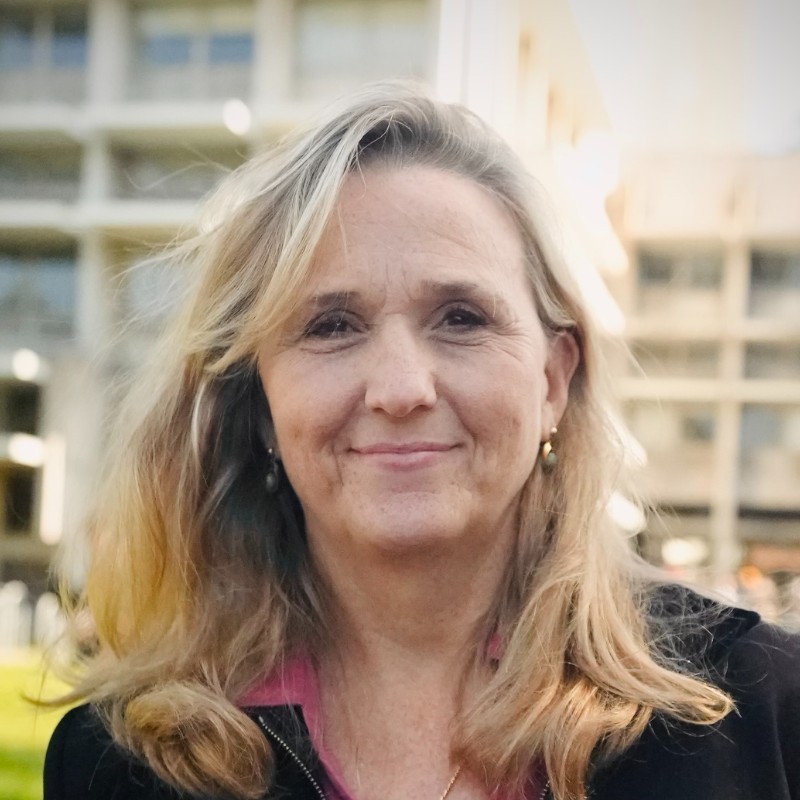
Deborah L. McKoy, Ph.D. is a Research Professor in the Department of City and Regional Planning and the Executive Director of the UC Berkeley Center for Cities + Schools at the Institute of Urban and Regional Development. Her research and teaching focus on the intersection of educational reform, urban & metropolitan planning, community development, and public policy. Central to her work is the critical role young people play in urban and metropolitan change and transformation. She recently co-authored a book on this topic, Planning Cities With Young People and Schools: Forging Justice, Generating Joy by Routledge Press. Deborah has a Ph.D. from UC Berkeley and MPA from Columbia University.
ACKNOWLEDGEMENTS
Like so much of the work across this edition, the work is driven and inspired by an amazing community of practice, including authors Trish Anderson, Mallory Logan, Akayla Matthews, Laiza Eve Reconoco, Victor Diaz as well as OUSD Career Pathways & CTE Coach Camrin Fredrick who has served as the Y-PLAN Coordinator and champion for many years. OUSD’s Linked Learning Department has also been a great supporter of this work for many years and has shaped the work over the course of the last few years. Finally, I would like to thank Ian Madrigal who is a terrific thought partner and editor for CC+S publications as well. I would also like to thank the editors of this issue for their partnership.
EXTERNAL REVIEW
I am deeply grateful for the insightful feedback from Dion Burns, Senior Researcher at the Learning Policy Institute, and Daniel Espinoza, Researcher, and Policy Advisor at the Learning Policy Institute. Their knowledge and scholarship in this field pushed my thinking and brought this article to another level of depth and connection.

